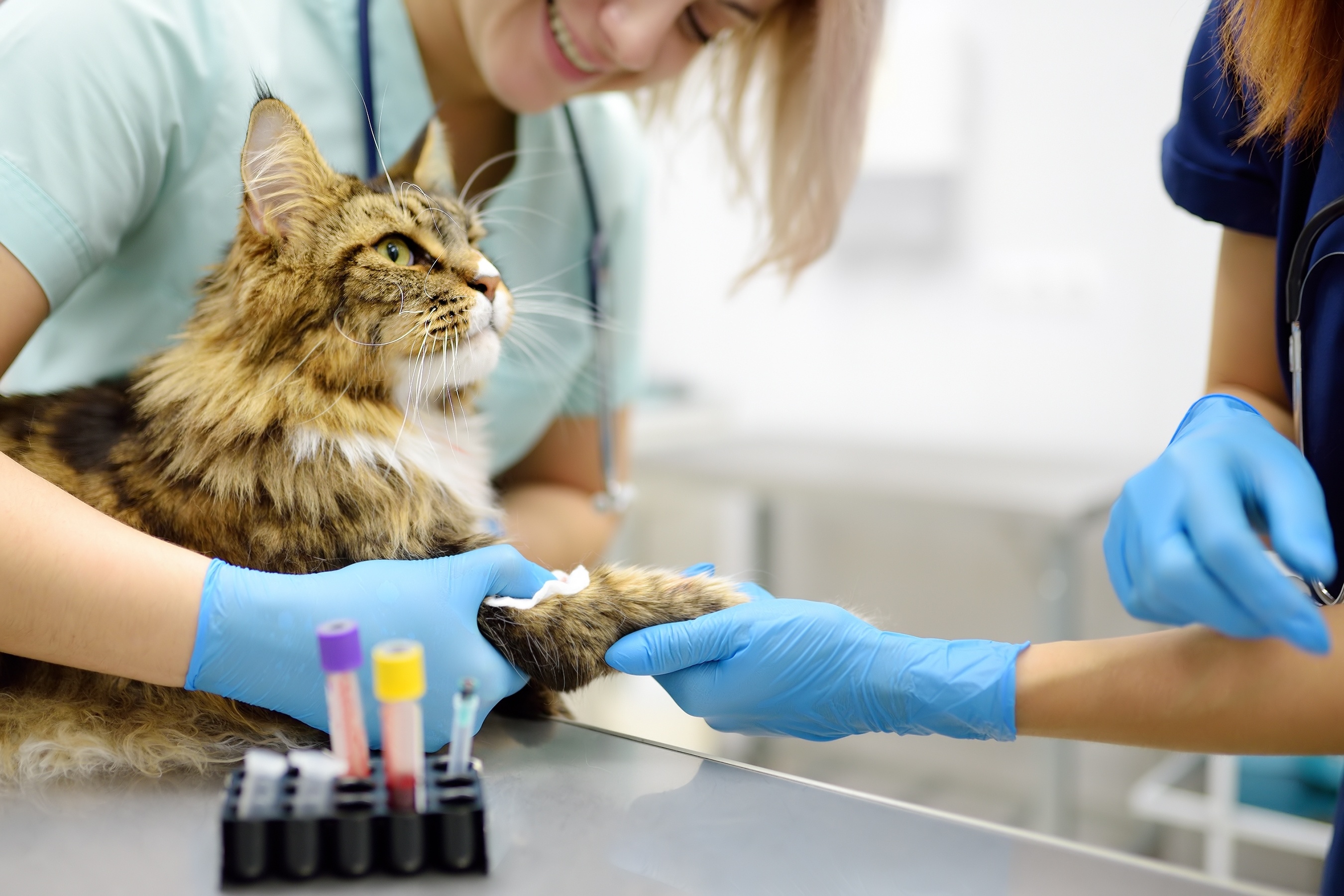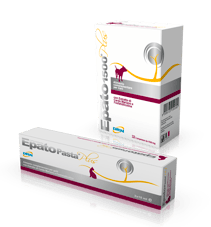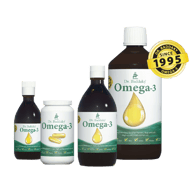
Nutritional Support of Liver Function
The liver is a central organ in metabolism, detoxification, and homeostasis, playing a critical role in protein synthesis, bile production, and immune function.
Liver disease in dogs and cats presents with a broad spectrum of clinical signs, often non-specific, making early detection and a thorough diagnostic workup essential. Hepatic disorders range from acute and chronic inflammatory diseases to metabolic, toxic, and congenital conditions.
Common Liver Diseases in Companion Animals
Liver diseases in dogs and cats can be primary (intrinsic hepatic pathology) or secondary (due to systemic disease affecting liver function). The most prevalent conditions include:
1. Canine Hepatic Disorders
- Chronic Hepatitis: A progressive inflammatory disease leading to hepatocellular necrosis and fibrosis. Copper-associated hepatitis is commonly seen in breeds such as Bedlington Terriers, Labrador Retrievers, and Doberman Pinschers.
- Canine Vacuolar Hepatopathy (CVH): Often associated with endocrine disorders such as hyperadrenocorticism or prolonged steroid exposure.
- Portosystemic Shunts (PSS): Congenital or acquired vascular anomalies that bypass hepatic filtration, leading to hepatic encephalopathy.
- Neoplasia: Hepatocellular carcinoma (HCC) is the most common primary hepatic tumor in dogs, though metastatic disease is more frequently diagnosed.
2. Feline Hepatic Disorders
- Hepatic Lipidosis (HL): A common feline liver disorder associated with anorexia and lipid accumulation in hepatocytes, leading to cholestasis and hepatic dysfunction.
- Cholangitis/Cholangiohepatitis Complex: Includes neutrophilic, lymphocytic, and chronic cholangitis, with potential overlap with inflammatory bowel disease (IBD) and pancreatitis (feline triaditis).
- Portosystemic Shunts: Similar to dogs, congenital PSS in cats leads to hepatic encephalopathy and failure to thrive.
- Hepatic Neoplasia: Lymphoma is the most frequently diagnosed hepatic malignancy in cats.
-

cat blood test
Clinical Presentation & Laboratory Markers
Clinical signs of liver disease vary but commonly include jaundice, lethargy, vomiting, weight loss, polyuria/polydipsia, and neurological signs (hepatic encephalopathy). Laboratory findings often reveal:
Liver Enzymes
-
Alanine Aminotransferase (ALT): A marker of hepatocellular injury, most specific to hepatic pathology.
-
Aspartate Aminotransferase (AST): Less liver-specific, but elevated in hepatocellular and muscle injury.
-
Alkaline Phosphatase (ALP): Increased in cholestatic disease, steroid-induced hepatopathy, and metabolic liver disorders.
-
Gamma-Glutamyl Transferase (GGT): More specific for biliary disease and steroid hepatopathy in dogs.
Liver Function Tests
-
Serum Bile Acids (SBA): Evaluates hepatic clearance and portal circulation integrity, elevated in liver insufficiency or shunting disorders.
-
Bilirubin: Elevated in hepatobiliary disease or hemolysis.
-
Albumin & Coagulation Tests (PT, APTT): Indicators of synthetic liver function, important in advanced liver failure.
Imaging & Histopathology
-
Ultrasound: Useful for assessing hepatic size, echogenicity, vascular anomalies (shunts), and biliary disease.
-
CT Angiography or Nuclear Scintigraphy: Gold standard for diagnosing portosystemic shunts.
-
Liver Biopsy & Histopathology: Required for definitive diagnosis of chronic hepatitis, neoplasia, and some metabolic liver diseases.
Nutritional therapy in Liver Disease
Nutritional therapy is a cornerstone of liver disease management, tailored to the specific hepatic condition and individual patient needs. Protein modification is particularly important in cases of hepatic encephalopathy, where excessive ammonia production exacerbates neurological signs. A diet with high-quality, highly digestible protein sources helps maintain muscle mass while minimizing nitrogenous waste. In breeds predisposed to copper storage hepatopathy, dietary copper restriction is essential to prevent hepatic accumulation and progressive damage. Similarly, limiting iron intake can be beneficial in certain hepatic disorders where oxidative stress contributes to hepatocellular injury.
Antioxidant support plays a crucial role in managing oxidative stress and hepatocellular injury in dogs and cats with liver disease. Key nutraceuticals such as silymarin (milk thistle extract), vitamin E, and omega-3 fatty acids are commonly utilized for their potential hepatoprotective properties:
-
Silymarin: Extracted from Silybum marianum, silymarin exhibits antioxidant, anti-inflammatory, and immunomodulatory properties. Studies have indicated that silymarin supplementation may reduce liver enzyme levels and improve histopathological findings in dogs with liver disease. Its efficacy in mitigating hepatotoxicity has been demonstrated in various studies, including those involving toxin-induced liver injury.
-
Vitamin E: As a lipid-soluble antioxidant, vitamin E protects cell membranes from oxidative damage. While its supplementation is common in liver disorders, evidence supporting its effectiveness in canine liver disease is not robust. Caution is advised due to potential interactions with anticoagulant medications, as excessive vitamin E can impair coagulation.
-
Omega-3 Fatty Acids: Omega-3 polyunsaturated fatty acids (PUFAs) possess anti-inflammatory properties that may benefit hepatic health. Research suggests that omega-3 PUFAs may play a role in managing liver diseases characterized by inflammation.

Veterinary Guidelines & Best Practices
Veterinarians can reference evidence-based guidelines when diagnosing and treating liver disease:
- ACVIM Consensus Statement on Canine Chronic Hepatitis outlines diagnostic algorithms and treatment strategies.
- WSAVA Liver Disease Guidelines provide recommendations for managing hepatic lipidosis and cholangitis in cats.
- Veterinary Coagulation Guidelines emphasize the role of liver function tests in monitoring clotting abnormalities in hepatic failure.
Product selection for liver support
Epato
Epato is a veterinary liver supplement formulated to support hepatic function in dogs and cats. It contains silymarin, phosphatidylcholine, and vitamins E and B complex, which play key roles in liver protection and metabolic support.

Silymarin, derived from milk thistle, is known for its antioxidant and hepatoprotective properties, while phosphatidylcholine helps maintain cell membrane integrity and supports bile secretion.
Dr. Baddaky Omega-3
Is a marine-based supplement that provides EPA and DHA, long-chain

omega-3 fatty acids. These fatty acids are widely used in veterinary care, including liver health management. This supplement is frequently incorporated into diets for dogs and cats with various health conditions, including those affecting the liver.